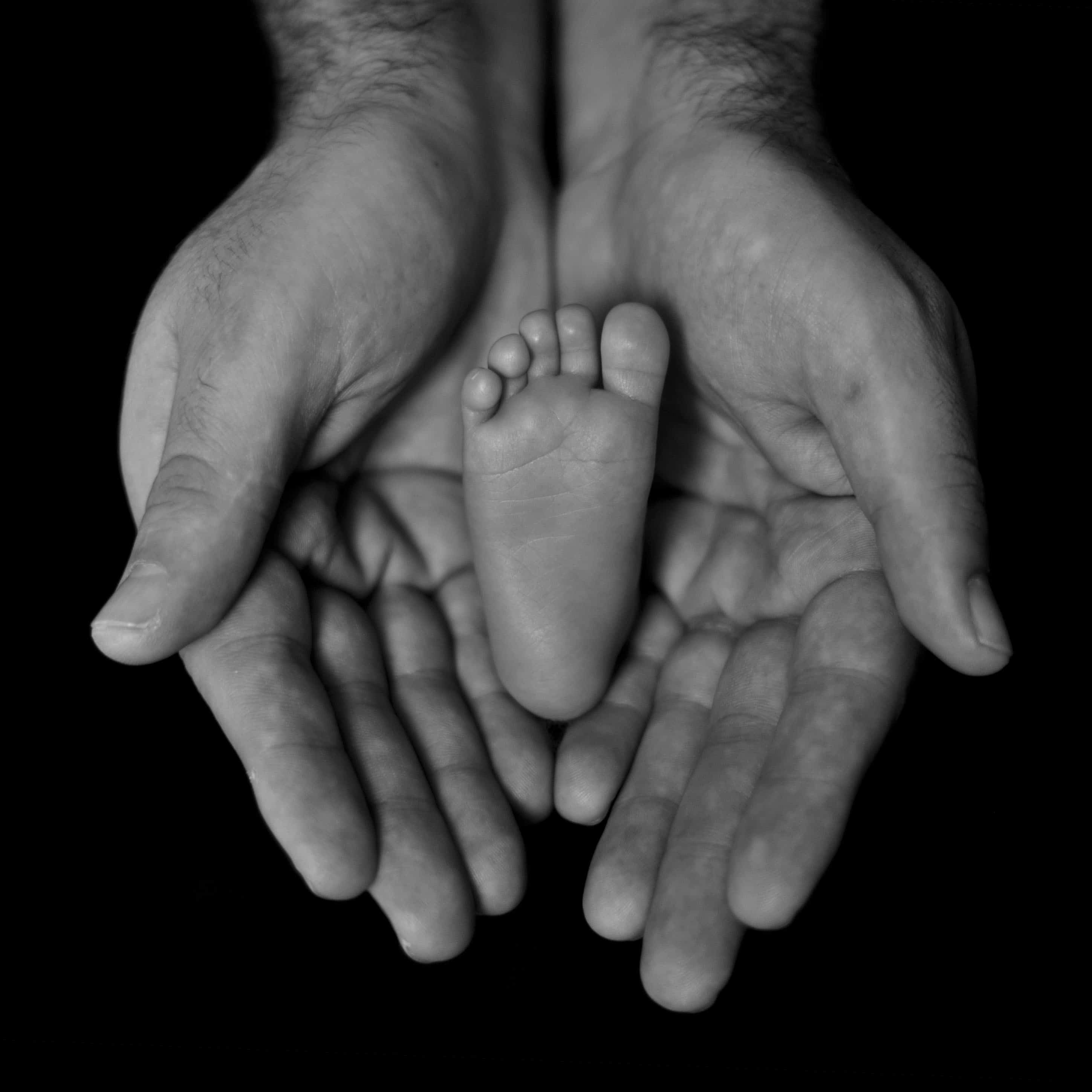As a Podiatrist I often get asked “What is normal?” when it comes to children’s feet. One of the main concerns is flat feet and whether this will lead to children having problems in the future. Let’s take a closer look at what’s normal and when to seek advice.
Most children are born with flat feet, as their arch is yet to form. This should develop around the age of 3 to 4 years.
There are two types of flat foot, which are flexible and rigid.
Flexible Flat Feet
Nearly all children will have flexible flat feet. Generally flexible flat feet do not cause any problems and the arch will continue to develop as the child grows. No treatment is usually required unless there are specific symptoms. For example:
- Pain, tenderness or cramping in feet, legs or knees
- Outward tilting of the heel
- Awkwardness or changes in walking
- Difficulty with shoes
- Voluntary withdrawal from activities.
Rigid Flat Feet
Rarely, a flat foot can be rigid, caused by the bones in the foot. These bones can be joined together or badly aligned which restricts movement and can cause pain. X-rays may be required to diagnose this problem.
Assessing my Childs foot type
In order to determine which foot type your child has a simple test can be carried out. Ask your child to stand on their tiptoes. If an arch appears then the condition is probably flexible, and if an arch does not appear they may have rigid flat feet. If your child cannot yet stand on their tiptoes then simply place their foot in your hand, and gently lift the big toe up. If you see a change in the arch shape then this is probably a flexible flat foot and should develop with time
What treatment is required?
Unless there are any symptoms then treatment is usually not required for flexible flat feet.
Children with rigid flat feet will usually require a supportive orthotic insole which fits into their shoe to reduce foot pain. The orthotics can be provided from your Podiatrist.
The use of insoles will not change the shape of a child’s foot in the long term, they are designed to help support the foot by holding it in a better position during growth.
What to do if you are worried
If you do have any concerns or require further advice then it’s always beneficial to consult your Podiatrist.

